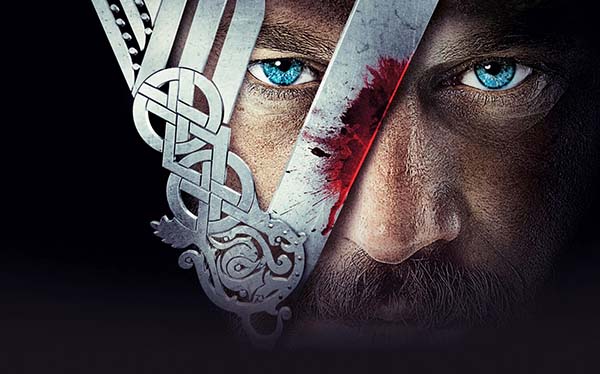During April 2010, America: the Story of Us made its debut on the History Channel. This program was hyped as a fast-paced look at the extraordinary story of how America was invented and “the most in-depth television series ever produced by History.” It has since aired several more times.
A number of television reviewers, historians and others who do not claim to be scholarly but do know their history, indicated that the program did not accurately portray America’s story.
According to Mary McNamar, television critic for the Los Angeles Times: “‘Broad’ is a good word to describe what amounts to, in early episodes, an occasionally illuminating, mildly troublesome and overly produced CliffsNotes to American history. Where “John Adams” drew on the imaginative but detail-oriented mind of David McCullough, America: The Story of Us seems to draw its inspiration from Fox’s 24 and the E! Channel.”
On the east coast, the opening paragraph of Elizabeth Jensen’s story in The New York Times (History from Unexpected Characters) read: “The first clue that America: The Story of Us isn’t your typical PBS-style documentary comes five minutes in. After actors re-create the early travails of the settlers at Jamestown and their eventual success building a tobacco business, the very first expert who comes on camera to put it all in context is not an eminent Harvard historian or noted archaeologist, but the businessman Donald J. Trump.”
History Buffs Cite Errors
If that wasn’t enough, the network, known for its precise and thorough look at worldwide history dating back centuries, also was criticized by historical organizations, historical publications and many people who enjoy reading history books along with the actual documents written by the people who made or witnessed American history.
One such review appeared in the June issue of Broadside, the newsletter of the American Revolution Roundtable from New York City. Calling the show a “massacre,” the story in the newsletter claimed the network butchered the American Revolution.
Here are a number of gaffes from the show that were cited in the article. Each is followed by an explanation of the actual facts:
- The 1770 Boston Massacre triggered the Revolution. Reality check: Excessive and oppressive taxes, poor treatment of Americans by the British Parliament and a law that ordered Americans to house and feed British soldiers were some causes of the rebellion. The first shot that triggered actual fighting between Brits and Americans actually occurred five years later, April 1775, at Lexington and Concord.
- At the Battle of Lexington, the militia on the green is portrayed as a band of desperadoes. The narration states the gunfire is “the shot heard round the world.” Reality check: The militia did not want to fight and they did not want to die. They remained on the far side of the green and as far away from the road where the British soldiers were marching. Ralph Waldo Emerson, who is not mentioned, coined the “shot” phrase years later and he referred to the fighting that occurred about an hour later at Concord Bridge.
- The Battle of Bunker Hill isn’t mentioned. Reality check: Though an eventual defeat for Americans as the British were left in possession of the field, the various militia units that united on this field repelled two attacks from the best army in the world and inflicted losses that totaled one-third of the British forces.
- George Washington reads the Declaration of Independence to his troops at the Kips Bay section of Manhattan. Reality check: Washington had one of his officers read the document to his troops when they were stationed farther south near the present-day city hall on July 9. That same night was the famous destruction of the statue of King George that stood in Bowling Green. The program failed to mention the Battle of Long Island (August 27), which occurred before fighting at Kips Bay (September 15). Long Island shattered American moral and yet resulted in a brilliant escape managed by Washington and implemented by John Glover’s Marblehead troops from Massachusetts.
Additional flaws were cited with the treatment of the Battle of Saratoga, the events at Valley Forge and the final blow at Yorktown.
Americans Must Learn the Correct History
Despite the errors and omissions about Revolutionary War history and the possibility that additional mistakes could have appeared in subsequent portions of the program, the History Channel distributed 30,000 DVDs of the series to schools. Since most Americans know so little about the history of the United States, the errors in this series, coupled with the many other situtations in which history is re-written or politically slanted, further provide school-age children and adults with inaccurate information about people and events from the past.
History is not about memorizing dates and interpreting events. The basic ingredient of history is that each story involved real people. Only by learning and understanding the actual thoughts, beliefs, biases and decisions of the participants, and how all of these affected the outcome of events, will Americans learn the real story about us.








